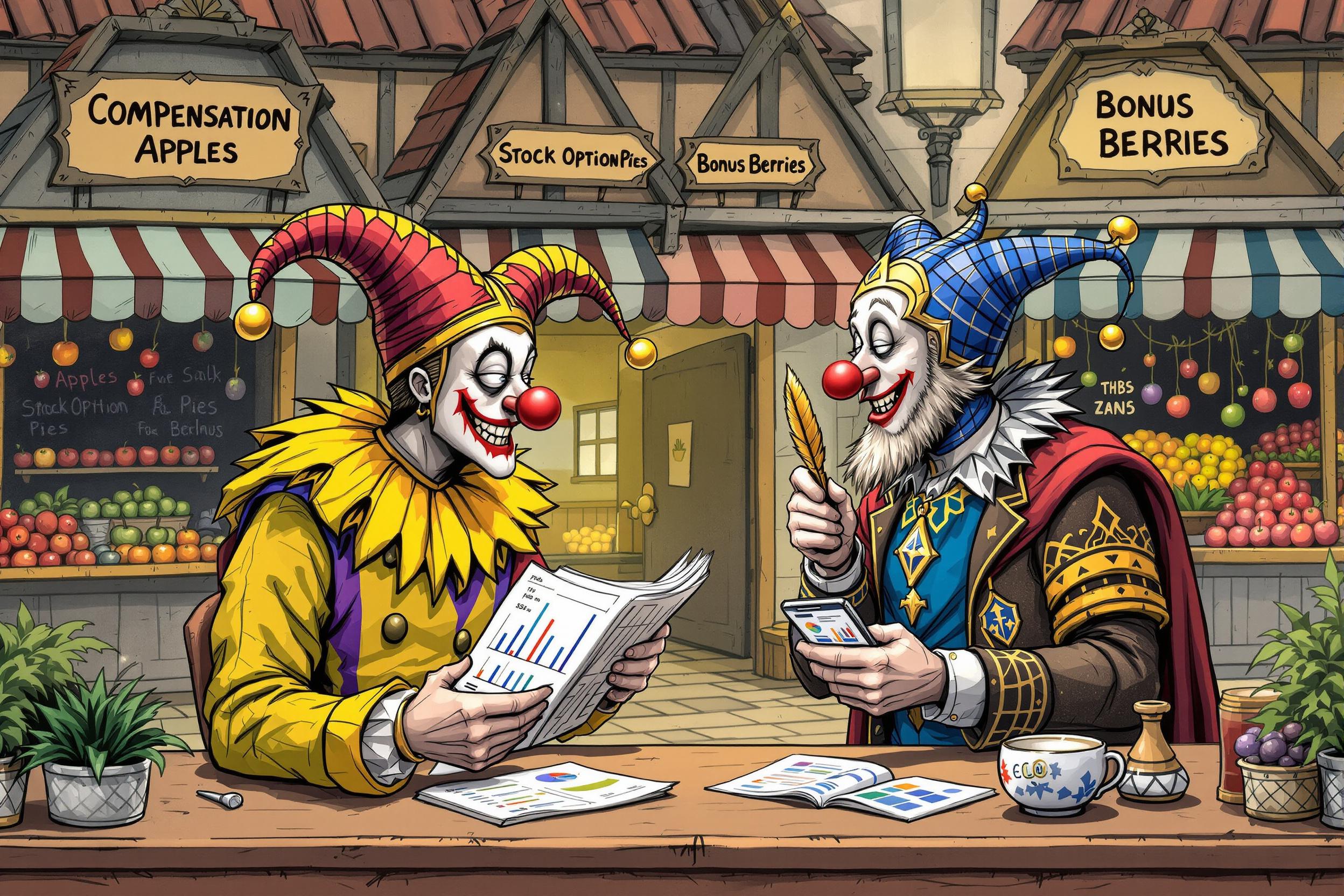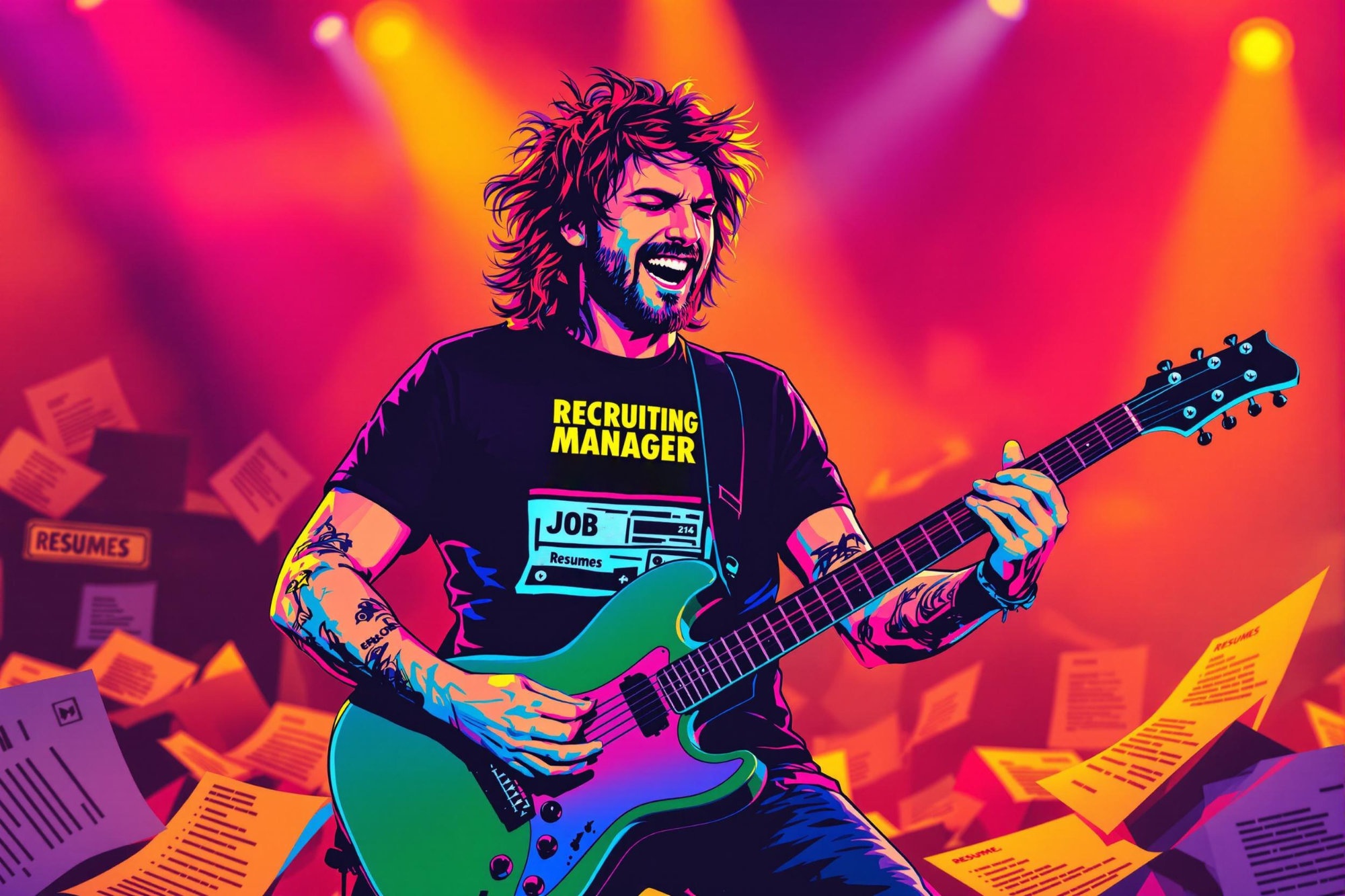
Speech Balloon Tails
Speech Balloon Tails are the pointed lines that connect dialogue bubbles to the characters speaking in comic books and graphic novels. They're a fundamental element in comic book art that shows readers which character is speaking. Think of them as arrows pointing from the dialogue to the speaker. They can be straight lines, curved, or even jagged to show different types of speech or emotions. Comic artists need to know how to draw these correctly because they're essential for clear storytelling and reader understanding.
Examples in Resumes
Developed unique Speech Balloon Tails styles for different character personalities in manga series
Created digital templates for Speech Balloon Tails used across multiple comic projects
Taught workshops on Speech Balloon Tail design and placement for clarity in sequential art
Typical job title: "Comic Book Artists"
Also try searching for:
Where to Find Comic Book Artists
Online Communities
Professional Networks
Industry Events
Example Interview Questions
Senior Level Questions
Q: How do you adapt speech balloon tail styles for different types of projects or characters?
Expected Answer: A senior artist should explain how they vary tail styles to match different speech types (whispers, shouts, thoughts) and how they maintain consistency across a project while adapting to different art styles or client needs.
Q: How do you handle speech balloon tail placement in complex panel layouts?
Expected Answer: They should discuss strategies for maintaining clear reading order, avoiding crossed tails, and working with different panel compositions while keeping the story flow smooth and easy to follow.
Mid Level Questions
Q: What considerations do you take into account when placing speech balloon tails?
Expected Answer: Should discuss basic principles like avoiding crossing tails, ensuring clear connection to speakers, and maintaining good spacing between elements in the panel.
Q: How do you handle speech balloon tails in digital versus traditional art?
Expected Answer: Should explain the different tools and techniques used for both methods, including digital shortcuts and traditional art best practices.
Junior Level Questions
Q: What is the basic purpose of a speech balloon tail?
Expected Answer: Should explain that tails connect dialogue to speakers and help readers follow conversations in comic panels.
Q: What are the common mistakes to avoid when drawing speech balloon tails?
Expected Answer: Should mention basic issues like unclear speaker connection, crossing tails, or inconsistent styling.
Experience Level Indicators
Junior (0-2 years)
- Basic speech balloon and tail drawing
- Understanding of reading direction
- Simple digital lettering tools
- Basic panel layout
Mid (2-5 years)
- Various tail styles for different emotions
- Complex panel compositions
- Digital and traditional methods
- Consistent style maintenance
Senior (5+ years)
- Advanced layout problem-solving
- Style development and innovation
- Project management
- Training junior artists
Red Flags to Watch For
- No understanding of basic comic reading flow
- Inconsistent tail styles within same project
- Poor placement leading to confused speaker identification
- No knowledge of industry-standard digital tools
Related Terms
Need more hiring wisdom? Check these out...

From Farewells to Future Allies: Transforming Exit Interviews into Lifelong Connections

The Hidden Art of Salary Negotiation: How to Win Hearts Without Going Broke

When Job Ads Dance: Why Your Next Hire Might Come From a 20-Second TikTok

